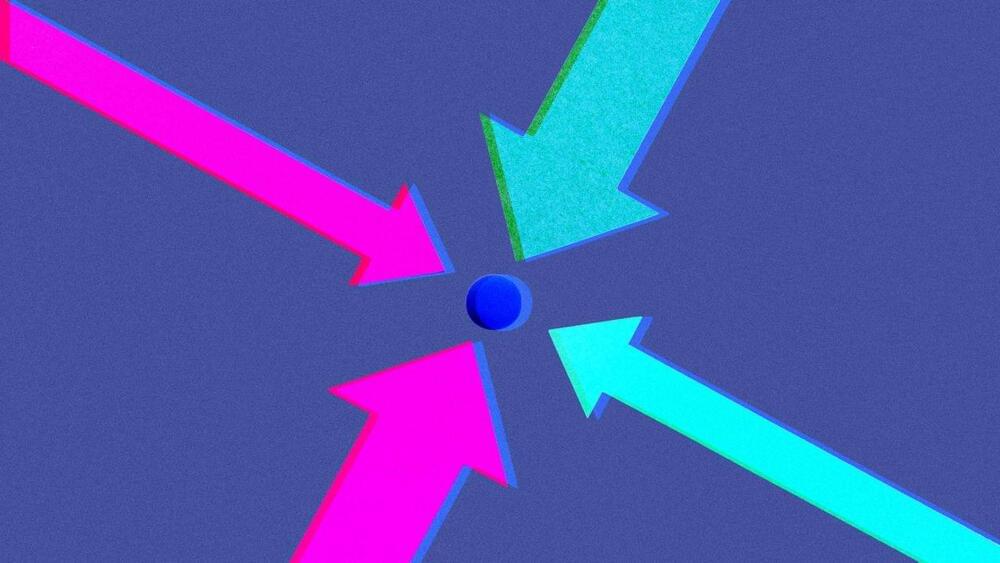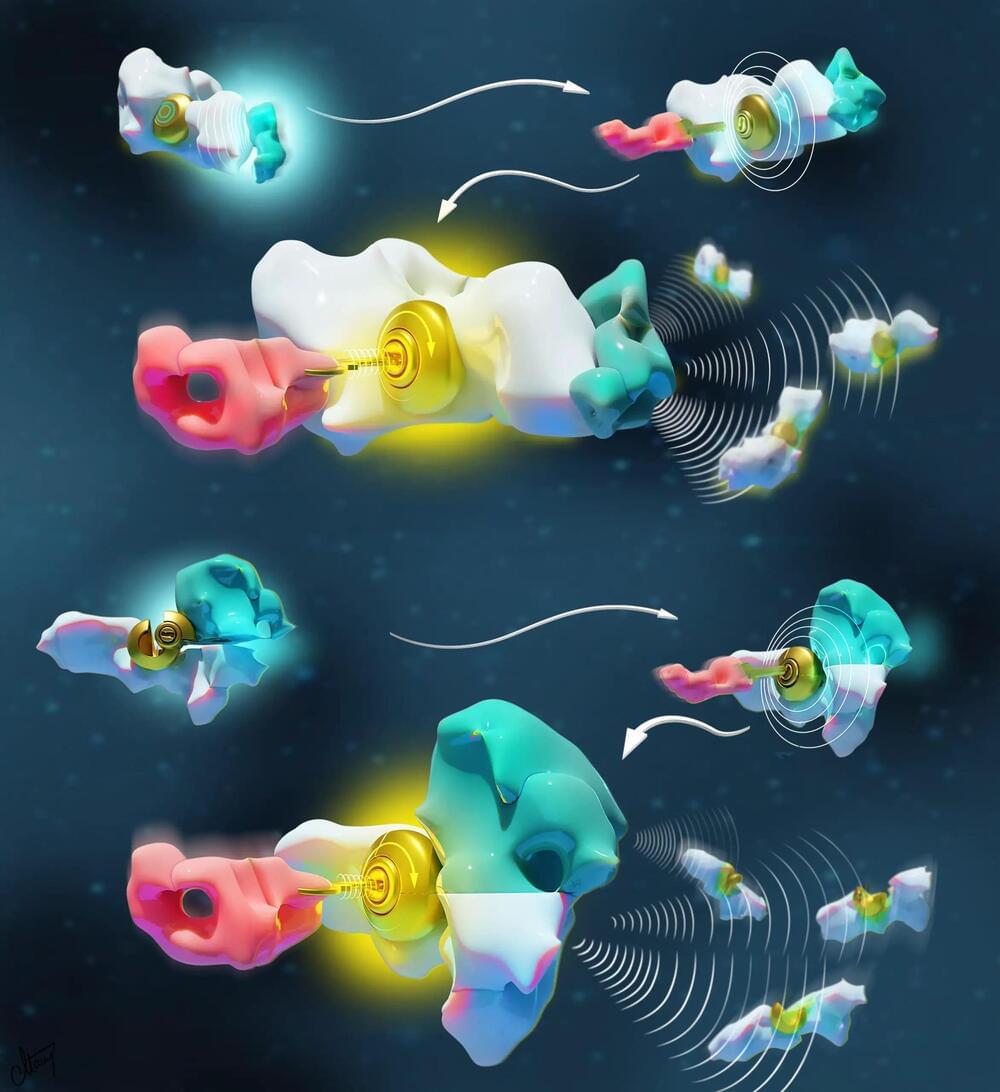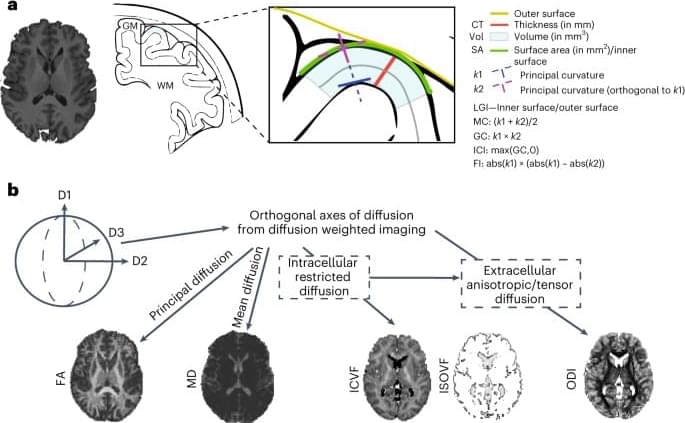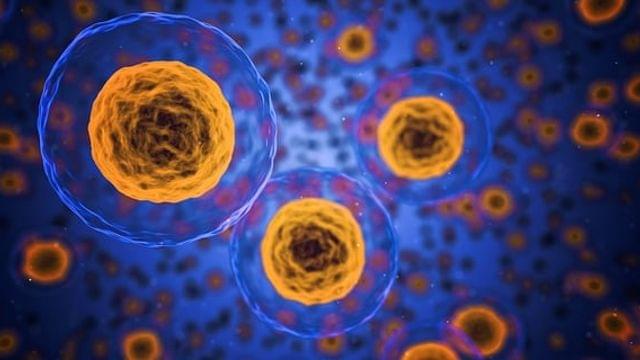Have to make a hard choice? Don’t just compare options. Do this instead.



“There’s no road map,” said Michael Sipser, a veteran complexity theorist at the Massachusetts Institute of Technology who spent years grappling with the problem in the 1980s. “It’s like you’re going into the wilderness.”
It seems that proving that computational problems are hard to solve is itself a hard task. But why is it so hard? And just how hard is it? Carmosino and other researchers in the subfield of meta-complexity reformulate questions like this as computational problems, propelling the field forward by turning the lens of complexity theory back on itself.

The apparent equivalence of gravitational mass to inertial mass is a remarkable and beautiful feature of the cosmos, with a deep implication, says Chanda Prescod-Weinstein

Everyone knows that arithmetic is true: 2 + 2 = 4.
But surprisingly, we don’t know why it’s true.
By stepping outside the box of our usual way of thinking about numbers, my colleagues and I have recently shown that arithmetic has biological roots and is a natural consequence of how perception of the world around us is organised.

A study that peered into live mouse brains suggests for nearly 70 years we’ve been targeting the wrong neurons in our design of antipsychotic drugs.
Untangling the vast web of brain cells and determining how drugs work upon them is a tough task. Using a miniature microscope and fluorescent tags, a team of researchers led by Northwestern University neuroscientist Seongsik Yun discovered that effective antipsychotic drugs cling to a different type of brain cell than scientists originally thought.
Just like research suggesting depression might not be a chemical imbalance in serotonin levels, our understanding of schizophrenia treatments may need a rethink if widely-used antipsychotics are targeting different neurons than expected.

Computer simulations confirm that the African Superplume causes the unusual deformations and rift-parallel seismic anisotropy detected below the East African Rift System.
Continental rifting involves a combination of stretching and fracturing that penetrates deep within the Earth, explains geophysicist D. Sarah Stamps. This process pertains to the elongation of the lithosphere, Earth’s rigid outer layer. As it becomes more taut, the lithosphere’s upper sections undergo brittle changes, leading to rock fractures and earthquakes.
Stamps, who studies these processes by using computer modeling and GPS.

Canadian researchers at the University of Montreal have successfully recreated and mathematically confirmed two molecular languages at the origin of life.
Their groundbreaking findings, recently published in the Journal of American Chemical Society, pave the way for advancements in nanotechnologies, offering potential in areas like biosensing, drug delivery, and molecular imaging.
Living organisms are made up of billions of nanomachines and nanostructures that communicate to create higher-order entities able to do many essential things, such as moving, thinking, surviving, and reproducing.


Psychedelics are known for inducing altered states of consciousness in humans by fundamentally changing our normal pattern of sensory perception, thought and emotion. Research into the therapeutic potential of psychedelics has increased significantly in the last decade.
While this research is important, I have always been more intrigued by the idea that psychedelics can be used as a tool to study the neural basis of human consciousness in laboratory animals. We ultimately share the same basic neural hardware with other mammals, and possibly some basic aspects of consciousness, too. So by examining what happens in the brain when there’s a psychedelically induced change in conscious experience, we can perhaps glean insights into what consciousness is in the first place.
We still don’t know a lot about how the networks of cells in the brain enable conscious experience. The dominating view is that consciousness somehow emerges as a collective phenomenon when the dispersed information processing of individual neurons (brain cells) is integrated as the cells interact.
